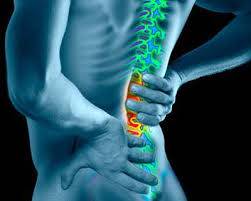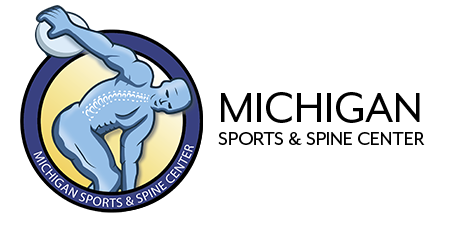HOW TO AVOID BACK PAIN AND INJURIES

If you have lower back pain, you are not alone. Nearly everyone at some point has back pain that interferes with work, daily activities, or recreation. Back pain is the second most common neurological ailment in the United States — only headache is more common. Fortunately, most occurrences of low back pain go away within a few days. Others take much longer to resolve or lead to more serious conditions.
Pain can occur for many different reasons, heavy lifting, overstretching, following injury or trauma to the back, but pain may also be caused by degenerative conditions such as arthritis or disc disease, osteoporosis or other bone diseases, viral infections, irritation to joints and discs, or congenital abnormalities in the spine. Obesity, smoking, weight gain during pregnancy, stress, poor physical condition, posture inappropriate for the activity being performed, and poor sleeping position also may contribute to low back pain.
How can you avoid back pain and injury?
- Exercise and be active daily. Maintaining a healthy weight minimizes stress on your back. For most healthy adults, the Department of Health and Human Services recommends at least 150 minutes a week of moderate aerobic activity or 75 minutes a week of vigorous aerobic activity — preferably spread throughout the week — and strength training exercises at least twice a week. Combine aerobic exercise, such as swimming or walking, with exercises that strengthen and stretch your back muscles and abdomen. Get advice from your physician before beginning an exercise routine. If you are ready to get started and need a little help, email us and mention this blog article at CORE Sports Fitness and get a 30 minute free personal training session.
- Practice good posture. Don’t slouch. To promote good posture when sitting, choose a chair that allows you to rest both feet flat on the floor while keeping your knees level with your hips. If necessary, prop your feet with a footstool or other support. If the chair doesn’t support your lower back’s curve, place a rolled towel or small pillow behind your lower back. Remove your wallet or cellphone from your back pocket when sitting, to prevent putting extra pressure on your buttocks or lower back.
- Use proper lifting techniques. When lifting and carrying a heavy object, lift with your knees and tighten your core muscles. Hold the object close to your body. Maintain the natural curve of your back. If an object is too heavy to lift safely, get help, don’t try it along.
- Modify repetitive tasks. Use lifting devices, when available, to help you lift loads. Try to alternate physically demanding tasks with less demanding ones. If you work at a computer, make sure that your monitor, keyboard, mouse and chair are positioned properly. If you’re on the phone most of the day, use a headset. Avoid unnecessary bending, twisting and reaching.
- Get up and move. If you must sit for a prolonged period, change your position occasionally, stand up or stretch.
Occasionally, low back pain may indicate a more serious medical problem. People with persistent pain should contact a doctor immediately to help prevent further or permanent damage.
If you have a specific question your would like addressed, please email us or comment here and we will get back to you.
ABOUT MICHIGAN SPORTS & SPINE CENTER:
We’re innovative leaders utilizing cutting-edge technologies such as musculoskeletal ultrasounds, PRP, stem cell treatment, and other innovative procedures. Michigan Sports & Spine Center is committed to resolving your pain, not simply masking it. We treat the whole body, not just the injury, and perform preventative treatment so your injury doesn’t come back. Our studies prove that Michigan Sports & Spine Center has patient success rates much higher than the national average. We treat everyone from high-profile athletes to your neighbor next door. Our primary focus is getting our patients back into the game of life!
